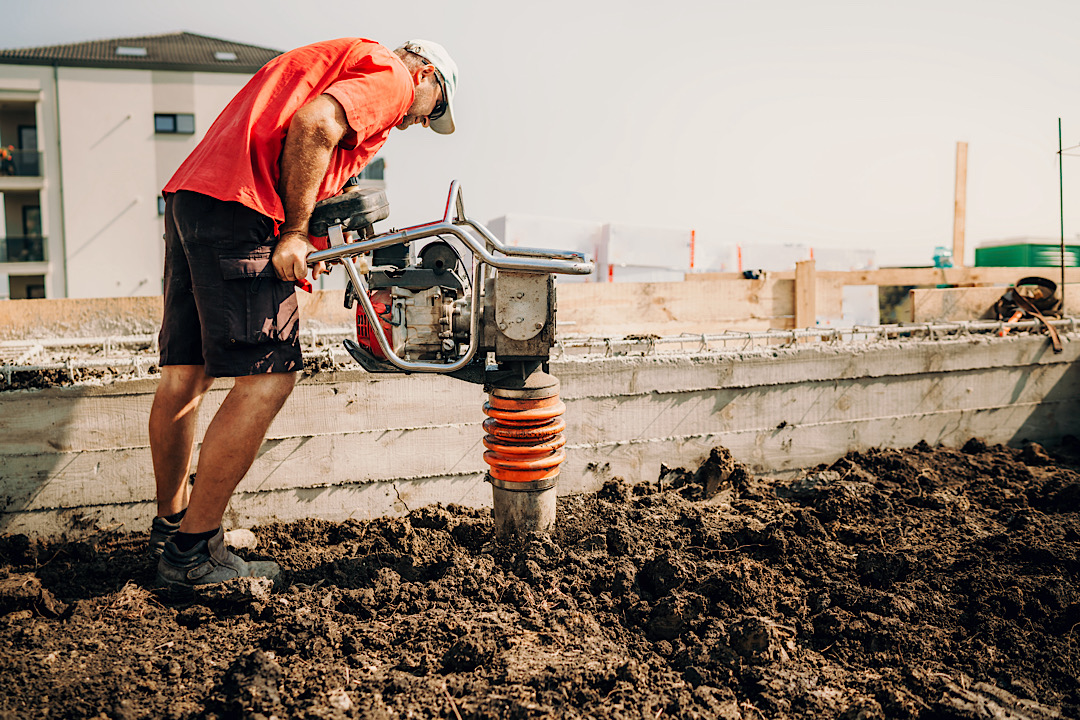
Spring is a season of renewal, but it also brings unique challenges for homeowners in Eastern Oregon. As the snow melts and the ground thaws, the risk of foundation damage increases due to shifting soil and fluctuating moisture levels. Identifying and preventing potential foundation issues during the spring thaw is crucial for maintaining the structural integrity of your home. This article provides practical tips for foundation repair and spring maintenance to help Eastern Oregon homeowners protect their properties.
Understanding Foundation Damage
Foundation damage can manifest in various ways, often resulting from soil movement and moisture changes. During the spring thaw, the soil around your home can become saturated with water, leading to expansion and contraction that puts pressure on the foundation. Common signs of foundation damage include:
Cracks in Walls and Floors: Horizontal, vertical, or diagonal cracks in your walls, floors, or foundation are often the first indicators of foundation problems.
Sticking Doors and Windows: If your doors and windows suddenly become difficult to open or close, it could be due to shifts in the foundation.
Uneven Floors: Sagging or uneven floors are a clear sign that the foundation may be compromised.
Water in the Basement: Water seepage or standing water in your basement indicates that the foundation may have cracks or drainage issues.
Tips for Identifying Potential Foundation Issues
Early detection is key to preventing extensive foundation damage. Here are some tips to help you identify potential issues during the spring thaw:
Inspect the Exterior
Walk around the perimeter of your home and look for visible cracks in the foundation, especially near corners and edges. Pay close attention to any areas where the ground seems to be sinking or where the foundation appears to be bulging or tilting.
Check for Indoor Signs
Inside your home, examine the walls, floors, and ceilings for cracks. Note any changes in the alignment of doors and windows. If you notice that gaps are widening or doors are sticking more than usual, it may be time to consult a professional.
Monitor Moisture Levels
Use a moisture meter to check the humidity levels in your basement and crawl spaces. High moisture levels can lead to mold growth and further compromise the foundation. Ensure that your basement is well-ventilated and consider using a dehumidifier if necessary.
Preventing Foundation Damage
Preventive measures can help protect your foundation from damage during the spring thaw. Here are some strategies to consider:
Improve Drainage Around Your Home
Proper drainage is essential to prevent water from accumulating around your foundation. Ensure that your gutters and downspouts are clean and functioning correctly, directing water away from the house. Installing extensions on downspouts can help carry water further from the foundation. Additionally, grading the soil around your home to slope away from the foundation can prevent water from pooling.
Install a Sump Pump
A sump pump can be an effective solution for keeping your basement dry. It automatically pumps out water that accumulates in the sump basin, preventing water from seeping into the foundation. Consider installing a battery backup system to ensure the sump pump operates during power outages.
Seal Cracks and Gaps
Seal any visible cracks in the foundation with a high-quality epoxy or polyurethane sealant. This can help prevent water infiltration and further expansion of the cracks. For larger cracks, it may be necessary to consult a foundation repair specialist.
Maintain Consistent Moisture Levels
Maintaining consistent moisture levels in the soil around your foundation can reduce the risk of shifting and settling. During dry periods, water the soil evenly around the foundation to prevent it from shrinking and causing the foundation to settle unevenly.
Install French Drains
French drains are trench systems filled with gravel and a perforated pipe that direct water away from the foundation. Installing a French drain can effectively manage groundwater and surface water, protecting the foundation from excessive moisture.
Spring Maintenance Tips
Spring maintenance is vital for preventing foundation damage and ensuring the longevity of your home. Here are some essential tasks to include in your spring maintenance routine:
Clean and Inspect Gutters
Clean out leaves, twigs, and debris from your gutters and downspouts to ensure proper water flow. Inspect for any damage or clogs that could prevent water from draining effectively.
Inspect Landscaping
Check the grading around your home and adjust it if necessary to ensure water flows away from the foundation. Trim back any large bushes or trees that are too close to the foundation, as their roots can cause soil movement and damage.
Check for Plumbing Leaks
Inspect your home’s plumbing system for leaks, especially in the basement or crawl spaces. Fixing leaks promptly can prevent water from seeping into the foundation and causing damage.
Test Sump Pump
Ensure your sump pump is working correctly by pouring water into the sump pit and checking if the pump activates and removes the water. Regular testing can help you avoid unexpected failures during heavy rain.
Preventing foundation damage during the spring thaw requires vigilance and proactive maintenance. By regularly inspecting your home for signs of foundation issues and implementing preventive measures, you can protect your property from costly repairs. For Eastern Oregon homeowners, understanding the impact of the region’s climate on foundation stability is crucial. By following these tips and conducting thorough spring maintenance, you can ensure the long-term health and stability of your home’s foundation.